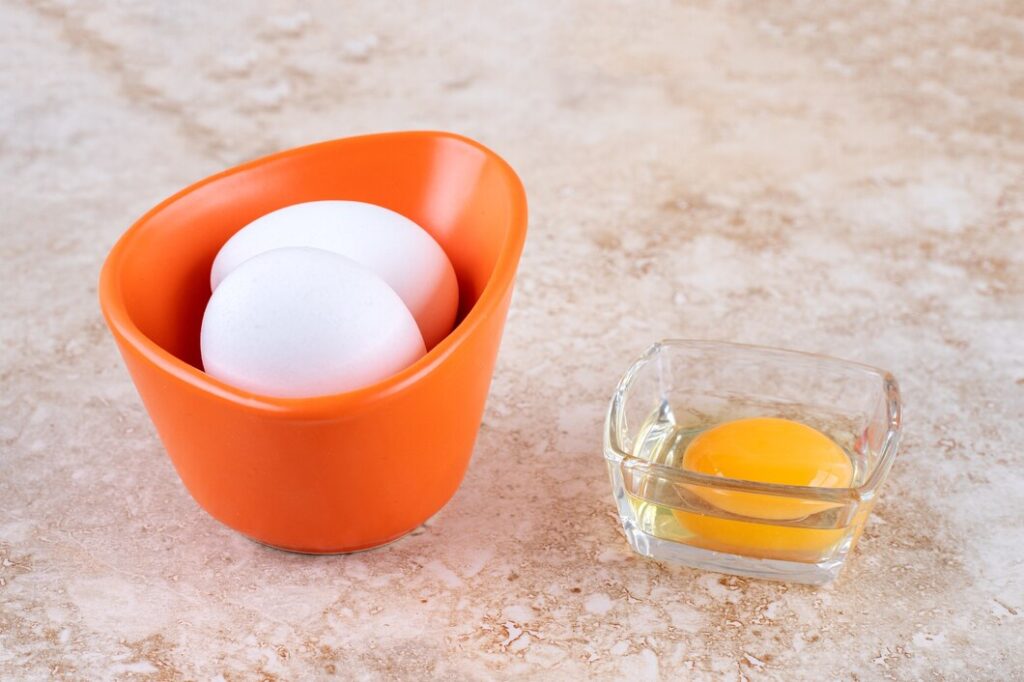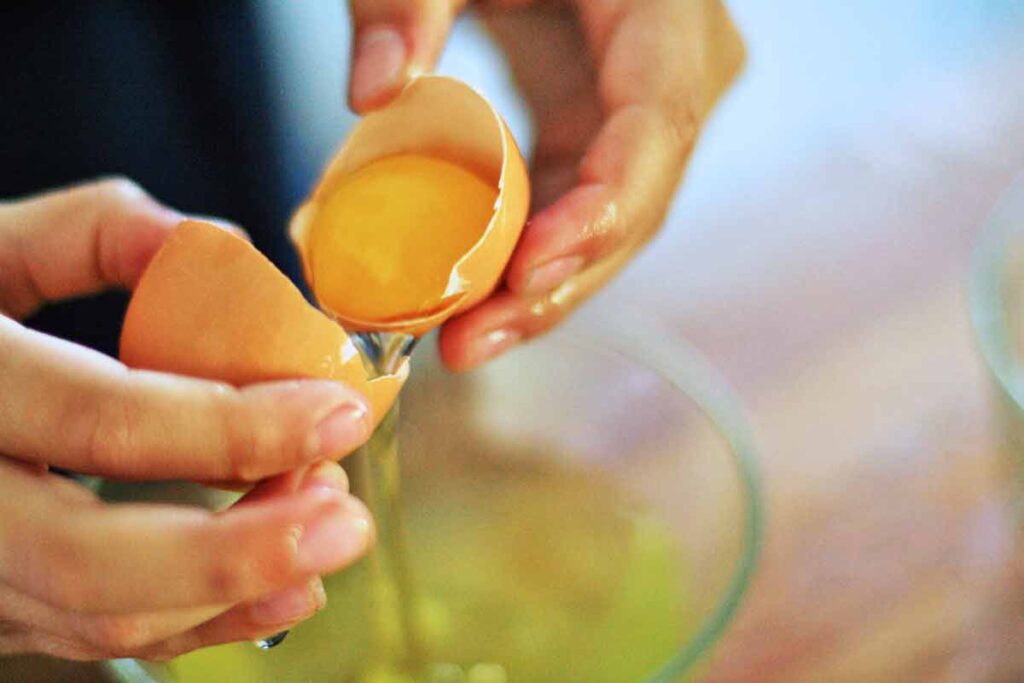There is a Comprehensive guide on How to Tell If Eggs Are Bad by unraveling the mysteries of Egg Freshness.
Eggs are a staple in kitchens around the world, revered for their versatility and nutritional value. However, ensuring the freshness of eggs is crucial to both the taste and safety of your culinary creations.
In this comprehensive guide, we will delve into the various methods and indicators that can help you determine whether eggs are still good to use or have gone bad.
Understanding Egg Tell if Freshness:
Before we embark on the journey of deciphering the freshness of eggs, it’s essential to understand the factors that contribute to egg spoilage. Eggs, when freshly laid, have a protective coating known as the bloom or cuticle, which acts as a barrier against bacteria. As eggs age, this protective layer diminishes, making them more susceptible to contamination.
1.The Date on the Carton:

One of the simplest ways to gauge the freshness of eggs is by checking the expiration date on the carton. Many countries require egg producers to stamp a “sell-by” or “use-by” date, providing consumers with a clear indication of when the eggs are expected to remain fresh. However, it’s important to note that this date is just a general guideline, and eggs can often be consumed beyond this timeframe if stored properly.
2.The Float Test:
The float test is a classic and reliable method to assess the freshness of eggs. Fill a bowl with water and gently place an egg into it. If the egg sinks to the bottom and lies flat on its side, it is fresh. If it stands upright on the bottom or floats, it is no longer fresh. The reason behind this lies in the air cell inside the egg, which expands as the egg ages, causing it to become buoyant.
3.The Shake Test:

Another practical method to determine egg freshness is the shake test. Hold the egg close to your ear and shake it gently. If you hear a sloshing sound, the egg is likely old. Fresh eggs have a more muted sound, as the egg white and yolk adhere closely to the shell.
4.The Candling Method:
Candling involves shining a light through the egg to inspect its contents. While this method is more commonly used in commercial egg production, it can also be employed at home. Simply hold a flashlight or candle behind the egg in a dark room and observe the interior. Fresh eggs will have a clear and well-defined yolk and egg white, while aged eggs may show signs of separation or discoloration.
5.The Odor Test:

A reliable indicator of egg freshness is the smell. Fresh eggs have a neutral or slightly grassy odor. If you detect a foul or sulfur-like smell when you crack an egg, it’s a clear sign that it has gone bad. The presence of bacteria in the egg causes the unpleasant smell.
6.The Shell Appearance:
Visually inspecting the shell can provide valuable insights into the freshness of an egg. Fresh eggs typically have clean, uncracked shells. If you notice any cracks, leaks, or irregularities, it’s best to discard the egg. Additionally, a thin, powdery coating on the shell, known as the bloom, is a positive sign of freshness.
7.The Egg White and Yolk:

When you crack open an egg, the appearance of the egg white and yolk can reveal its freshness. Fresh egg whites are clear and firm, while older eggs may have thinner, runnier whites. The yolk of a fresh egg is rounded and stands tall, while the yolk of an older egg may flatten out. Discoloration or an off-putting appearance in either the white or yolk is a red flag.
Things You Should Know
In conclusion, ensuring the freshness of eggs is a crucial step in maintaining both the safety and quality of your culinary endeavors. By employing a combination of the methods mentioned above, you can confidently assess the freshness of eggs in your kitchen. Whether you choose to perform the float test, shake test, candling, or rely on the traditional expiration date, being attuned to the subtle signs of egg freshness will elevate your cooking and baking experiences.
Remember, a keen eye, a discerning nose, and a touch of intuition will empower you to master the art of distinguishing between good and bad eggs, ensuring that your dishes are always a success.


2 thoughts on “How to Tell if Eggs are Bad”